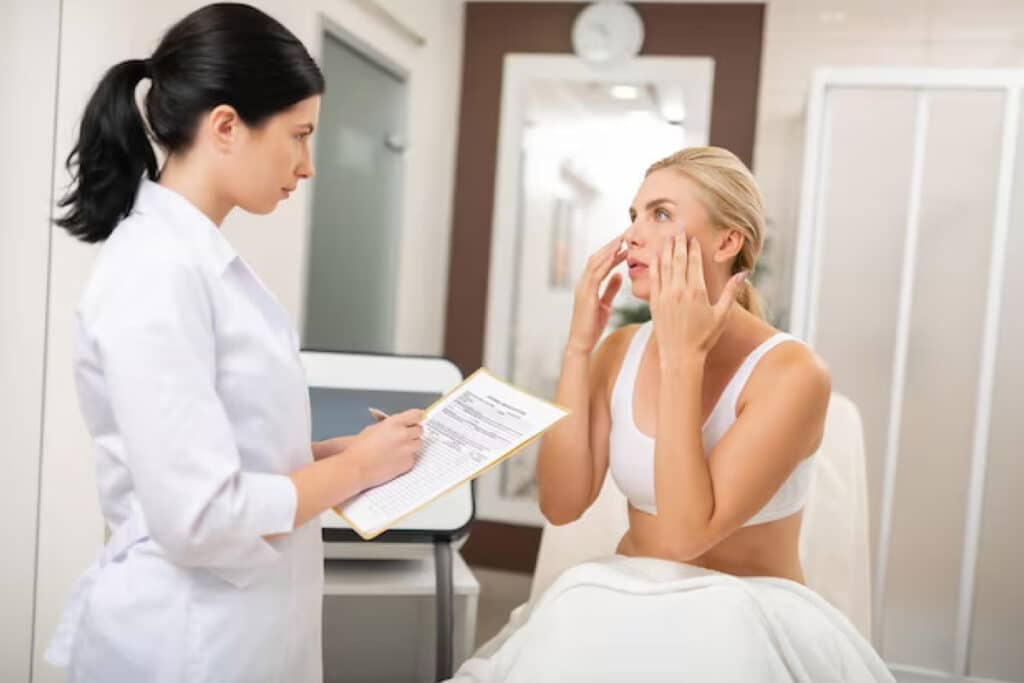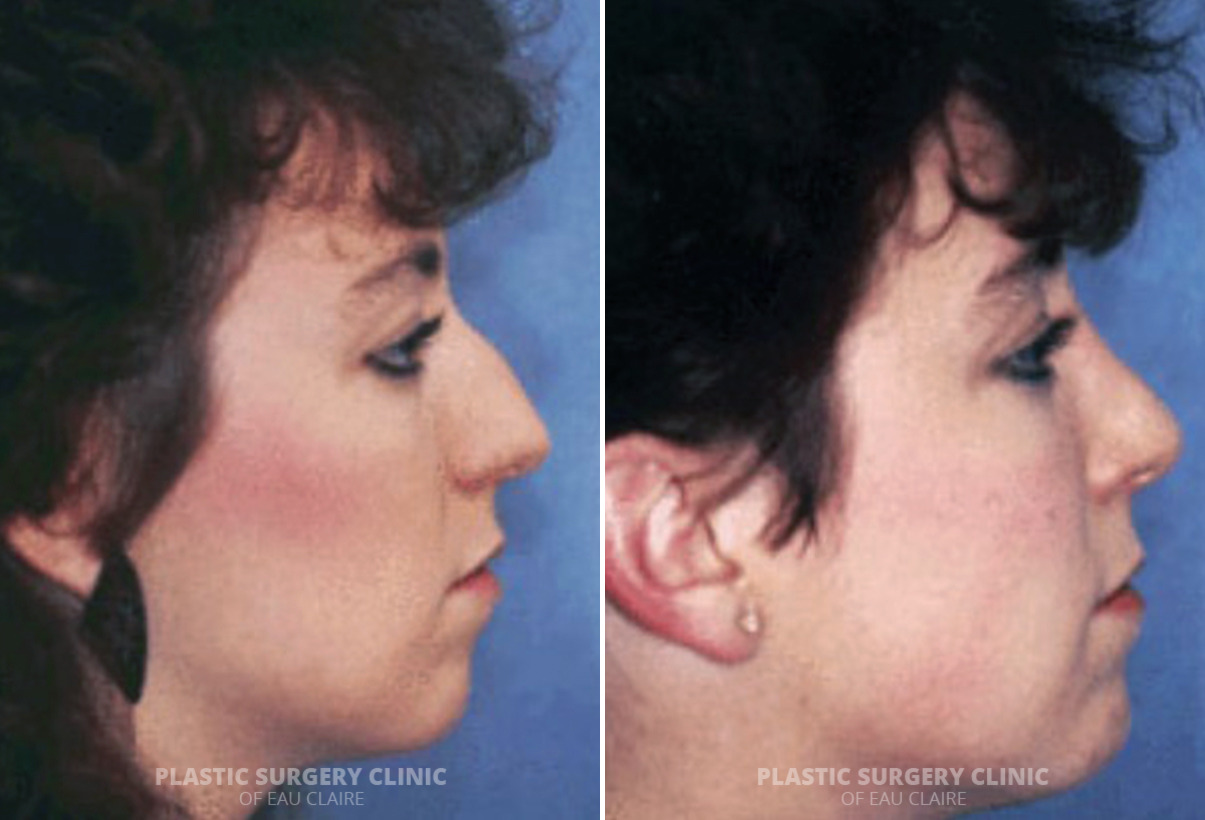If you’ve been told you’ll need rib cartilage for your rhinoplasty, you may be wondering—does it grow back? The short answer is no. Rib cartilage does not regenerate once it’s removed. While your body can heal the incision and form scar tissue at the donor site, the harvested cartilage itself is not replaced. Fortunately, the amount removed is typically small and doesn’t compromise your chest’s structural integrity or function.
That said, rib cartilage grafts can be a powerful tool in advanced rhinoplasty. Whether for primary, ethnic, or revision cases, they offer strength, flexibility, and volume unmatched by other materials. Let’s take a closer look at why rib cartilage is often the material of choice in complex nose surgeries.

Why Is Rib Cartilage Used in Rhinoplasty?
Rib cartilage is favored in rhinoplasty for both practical and aesthetic reasons. It offers a large, sturdy graft that can be carved and shaped to restore or enhance nasal structure. In primary or ethnic rhinoplasty, it provides the necessary support and definition that softer cartilage (like ear cartilage) can’t. In revision rhinoplasty, where previous procedures may have depleted nasal structures, rib cartilage serves as a reliable resource to rebuild the nose effectively.
Because of its strength and versatility, it’s often the best option when other cartilage sources are insufficient or unavailable. And while harvesting from the rib may sound intimidating, experienced surgeons know how to minimize scarring and manage discomfort. Now let’s explore the safety, surgical process, and what to expect after a rib cartilage rhinoplasty.
Is Rib Cartilage Rhinoplasty Safe?
Yes, when performed by an experienced plastic surgeon, rib cartilage rhinoplasty is considered very safe. As with any surgical procedure, there are potential risks, but complications are relatively rare when proper technique and post-operative care are followed. The donor site on the chest is typically small, and while there may be some mild discomfort or scarring, most patients find it manageable.
The benefits of using rib cartilage—its strength, volume, and versatility—often outweigh these minor drawbacks, especially in complex or reconstructive cases. A qualified surgeon will walk you through the process and ensure your safety at every step.

How Do They Harvest Rib Cartilage Grafts for Rhinoplasty?
Rib cartilage grafts are typically harvested through a small incision made along the chest, often just below the breast line, where the scar can be easily concealed. The surgeon carefully removes a small section of cartilage from one of the lower ribs—usually the sixth, seventh, or eighth—without compromising the structural integrity of the rib cage.
Once harvested, the cartilage is meticulously shaped to suit the specific needs of the nose, whether for structural support, tip refinement, or dorsal augmentation. The donor site is then closed with sutures, and patients are given post-operative care instructions to manage discomfort and ensure proper healing.
Is the Cost of Rhinoplasty With Rib Cartilage Different?
Yes, rhinoplasty that involves rib cartilage typically comes with a higher price tag than standard procedures. This is due to the added complexity of harvesting cartilage from the chest, the longer operating time, and the advanced skill required to shape and use the graft effectively. There may also be additional costs associated with anesthesia and post-operative care at the donor site.
While the initial investment is higher, the long-term benefits, especially for patients needing major structural reconstruction or revision, often make it well worth the cost. Always consult with your surgeon to get a detailed quote and understand what’s included in the final fee.
Are You Ready For A Consultation?
Join our satisfied clients who’ve experienced safe, effective treatments
Rib Cartilage Rhinoplasty Recovery Time
Recovery from rib cartilage rhinoplasty typically takes a bit longer than standard rhinoplasty due to the additional healing required at the chest donor site. Most patients can expect some discomfort in the chest area along with the usual nasal swelling and bruising. While the initial recovery period lasts about 2–3 weeks, full healing, including final nasal shape, can take up to a year.
Patients are usually able to return to light activities within a week or two, but strenuous exercise and heavy lifting should be avoided for several weeks. Your surgeon will give you personalized instructions based on how your body responds to the procedure.
Recovery Tips After Rhinoplasty
- Follow your surgeon’s instructions closely to ensure proper healing at both the nose and donor site.
- Keep your head elevated while resting to reduce swelling and speed up recovery.
- Avoid strenuous activities or anything that could strain your chest or nasal area for several weeks.
- Stay hydrated and maintain a nutrient-rich diet to support healing.
- Don’t smoke or drink alcohol, as both can interfere with the healing process.
- Use cold compresses around the eyes and cheeks (not directly on the nose or chest) to ease swelling.
- Attend all follow-up appointments so your surgeon can monitor your progress and adjust care as needed.
Primary Rhinoplasty Before and After Photos


* Each patient is unique and individual results may vary.
Choose the Best Surgeon for the Best Results
Choosing an experienced surgeon for rib cartilage rhinoplasty isn’t just important—it’s essential. Grafting cartilage from the rib adds complexity to an already intricate procedure. It requires a deep understanding of both nasal and chest anatomy to perform safely and effectively, with minimal visible scarring or complications. When done right, the results can be both durable and beautifully natural.
At the Plastic Surgery Clinic of Eau Claire, Dr. Ember Ewings is board-certified by the American Board of Plastic Surgery and brings a wealth of experience in advanced rhinoplasty techniques. Her extensive surgical training—from the University of Wisconsin-Madison to fellowships in Memphis and Paris—makes her exceptionally qualified for complex cases involving rib cartilage grafting. Call us today at 715-833-2116 or visit our contact page to schedule your consultation.


